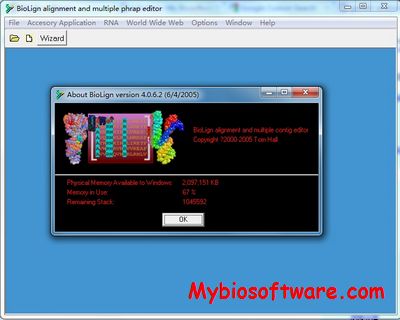V-FAT 1.1
:: DESCRIPTION
V-FAT (Viral Finishing and Annotation Toolkit) is a tool to perform automated computational finishing and annotation of de novo viral assemblies. V-FAT uses reference and read data to order and merge contigs, correct frameshifts, and produce NCBI-ready annotation files. It also performs a set of quality assurance measurements including coverage computation by gene or amplicon and identification of potential consensus errors.
::DEVELOPER
Computational R&D, The Broad Institute, Cambridge, MA
:: SCREENSHOTS
N/A
:: REQUIREMENTS
- Linux
:: DOWNLOAD
:: MORE INFORMATION
Citation
Charlebois, P, Yang, X, Newman, RM, Henn, MR, Zody, MC (2012)
V-FAT: a post-assembly pipeline for the finishing and annotation of viral genomes.
Submitted.

